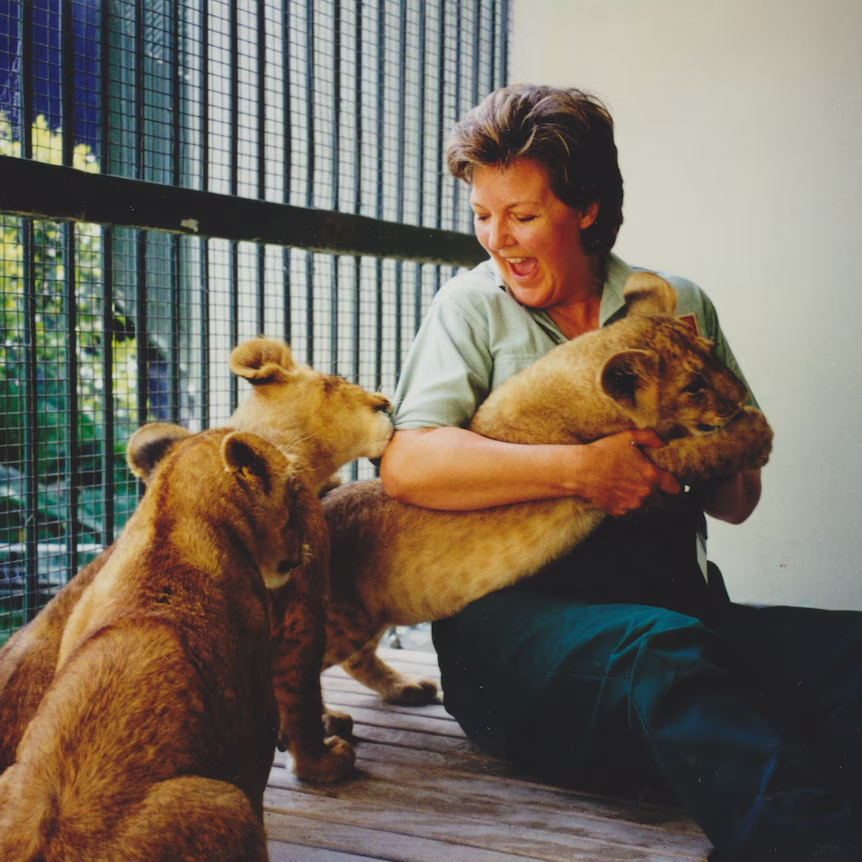When Erna Walraven began working at Sydney’s Taronga Zoo in 1983, she entered a world still heavily dominated by men. As a newly qualified zookeeper, the role was a dream come true—but some of her male colleagues didn’t share her enthusiasm. She faced resistance, exclusion, and open scepticism. Yet Erna persevered and ultimately transformed both her workplace and the field of zookeeping in Australia.

Erna’s early years at Taronga were marked by gender-based discrimination. Instead of backing down, she turned to the animal world for guidance. Observing the social dynamics among female animals, she began to realise they were far from submissive. In packs of elephants, chimpanzees, and hyenas, the females played subtle but influential roles—managing relationships, resolving conflicts, and asserting authority in ways the male keepers around her failed to notice or appreciate. This insight helped Erna navigate her own professional challenges with quiet strength and strategic assertiveness.
What makes her story especially relevant to the Dutch Australian community is her background as a Dutch migrant. Born in the Netherlands, Erna migrated to Australia with her family at a young age. Like many other Dutch migrants of the post-war period, she grew up navigating two cultures. This dual identity may well have given her the resilience and independent thinking that characterised her approach to life and science.
Over time, Erna not only earned the respect of her colleagues but also rose through the ranks. She became the zoo’s Senior Curator and a prominent voice in wildlife care and conservation. Throughout her career, she worked on endangered species programs, engaged with international conservation networks, and mentored a new generation of female zookeepers and scientists.
In addition to her work at Taronga Zoo, Erna Walraven is also a published author. Her books on animal behaviour, including Wild Leadership: What Wild Animals Teach Us About Leadership, draw directly on her decades of experience and often reflect the lessons she learned from female animals in the wild—lessons about strength, subtlety, and the power of cooperation.
Erna’s story is more than an inspiring tale of making a place for oneself in a new country — it is a Dutch Australian success story. She exemplifies the contribution that migrants from the Netherlands have made to Australia’s scientific and cultural life. Her work bridges the worlds of animal science, gender equity, and public education, and she continues to be a trailblazer in a field that has gradually become more inclusive.
For the DACC, her story stands as a reminder of the diverse paths Dutch migrants have taken—and the ways in which their heritage continues to shape their contributions to Australian society.

